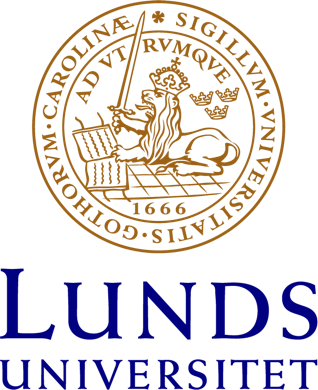2014-10-09
On the metaphoric process
Elena Carmen Faur
In current debates on cognitive metaphor theory (CMT), metaphor is usually seen as a basic conceptual phenomenon and, in turn, conceptual metaphor is conceived as underlying metaphorical expressions within language. Empirical research in cognitive linguistics has demonstrated in the past decade that the supposed conceptual metaphorical mappings at the level of thought are distinct from the mappings within language (Zinken 2007), and at least one different “class of metaphors” – “discourse metaphor” – is in need to be acknowledged: unlike conceptual metaphors, discourse metaphor “emerges and evolves in and through language use” (Evans 2013: 103). A number of studies presenting critical assessments of conceptual metaphor have convincingly shown that: (1) Conceptual metaphor cannot account for all instances and types of metaphorical expressions in language, and thus “metaphorical language is not all based on conceptual metaphor“ (Gibbs 2013: 18); (2) Corpora data analyses do not support the CMT’ assumption that all abstract concepts are primarily structured by conceptual metaphors (Sauciuc 2013: 262); (3) Cognitive metaphor research should take seriously the task of exploring “the formative influence of language on cognition” and of considering “language as constitutive” for mental structures and thought (Leezenberg 2013: 150, 148).In contrast to the current practices in cognitive science research, my paper will approach the metaphoric phenomenon as a “discursive” process within the semantic medium of language. The contribution is part of the broader project, initiated within the Center for Integralist Studies in Cluj-Napoca, which aims at further developing E. Coseriu’s conception on expressive speaking and “metaphoric creation in language” (Coseriu 1985 [1952]). I will first consider the critical objections to CMT and argue in favor of E. Coseriu’s ‘matrix’ as a comprehensive framework for explaining the creative semantic processes. In doing this, I will briefly present the proposed “trichotomy” of levels in language studies (individual, historical and universal level), and show that cognitive linguistic research has usually focused on either individual or historical level. Special emphasis will be given to the distinction between the historical and universal level in the assumed semantic matrix, and to their distinctive semantic content (‘meaning proper’ and ‘designation’). Secondly, I will show that metaphor first emerges in the activity of speaking “as a [basic] need for expressiveness” (Geeraerts 1999: 91-108; Sauciuc 2013: 262), which also implies the need “to enrich” the cognitive semantic content (Borcilă 2013).
